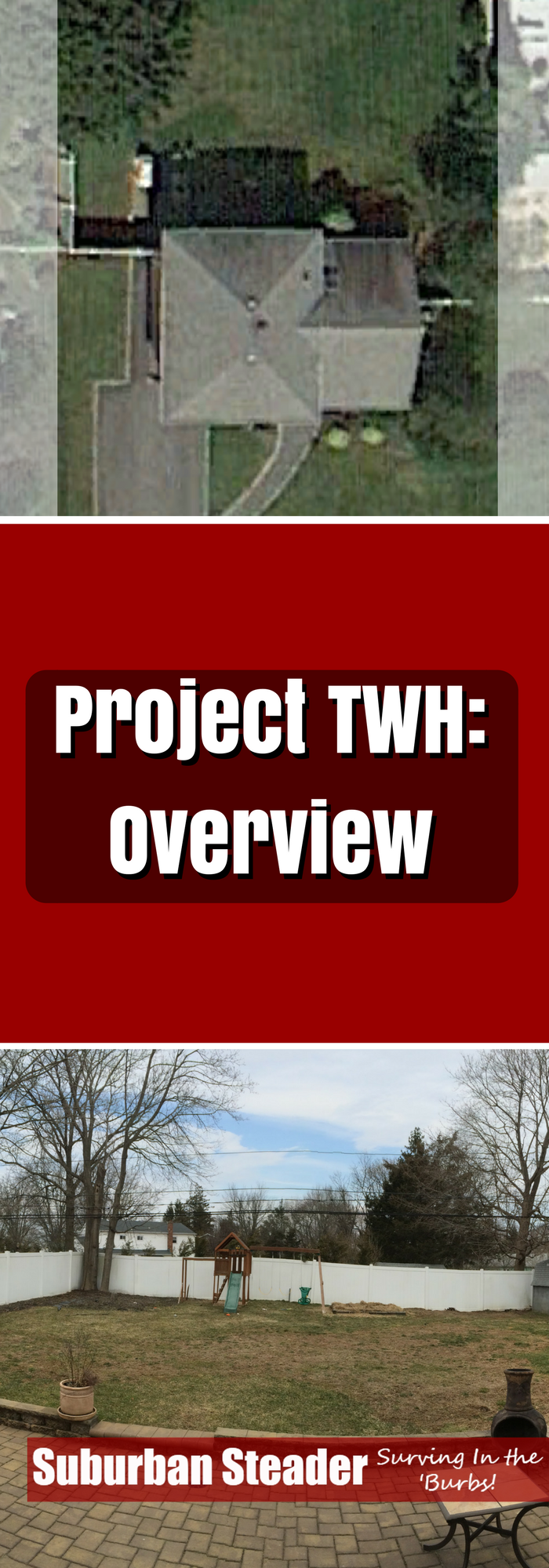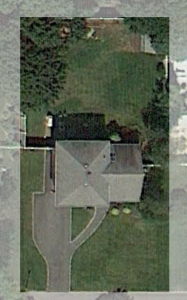Project TWH – Overview
In our last article, we reviewed Anna Hess’ book titled The Weekend Homesteader. It is about about setting up a homestead for those of us suburban homesteaders who are weekend warriors. This book gave me the inspiration to get my little plot of land into shape and allow my family to be more self-sufficient. From that inspiration grew the idea of Project TWH!
What Is Project TWH?
Very simply put, Project TWH is a long-term plan to build a more self-sustainable suburban homestead. The plan is to follow The Weekend Homesteader’s monthly suggestions starting this month (April) and following it through the year. This approach will lend itself to the exploration and (hopeful) mastery of many different skill sets including gardening, DIY, cooking and financial self-reliance.
What We’re Starting With
The Suburban Stead is a roughly quarter-acre lot on Long Island in a normal residential area. We have a decent sized backyard – about 5,250 square feet (roughly 0.12 acres) according to Google Earth.
Not to get too permaculture on you (at least not yet), but I view the backyard as a few different zones. In order of accessibility, we have the main open grass area, the shade area (top left corner) and the growth area (middle right above the fence line) that we don’t spend much time in. The open grass area won’t change much as we have kids, the shade area is used as a relaxation area (there’s a hammock set up in the summer) and the growth area is largely underutilized. The plan will be to address each of these areas as we grow the suburban homestead.
Here’s a closer look at what we’re dealing with. Note that the growth area is not shown.
What’s Next For Project TWH?
Now that you have a lay of the land, we’ll start exploring Project TWH a little bit more in the next few days. Every month, we’ll post an overview of the projects Anna outlines in her book. We’ll discuss how they affect our suburban homestead and how (or if) we plan on implementing them. If we decide to deviate from the plans Anna describes in The Weekend Homesteader, we’ll explain why. And, if we decide to go off script a little and implement a project of our own design, we’ll describe why we’re doing it.
So, that’s it – Project TWH in a nutshell. It’s a fairly simple approach to a complex problem.
Do you have any questions? If so, leave them in the comments or on the Facebook Page and we’ll be sure to answer them!


